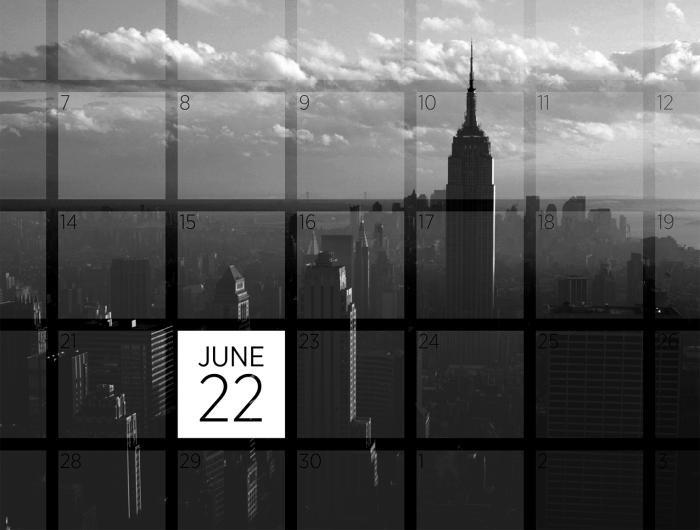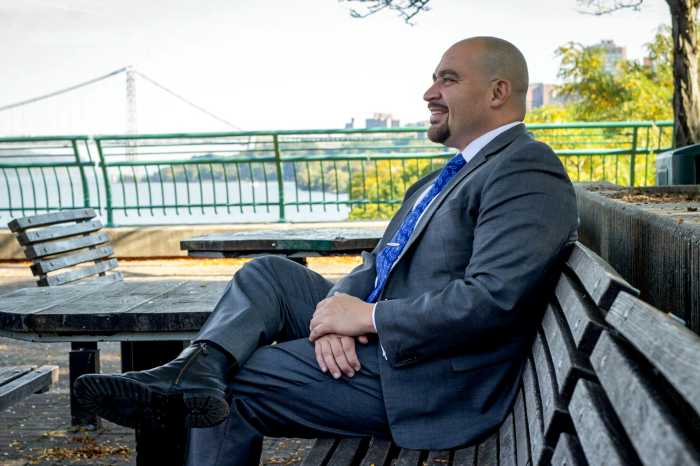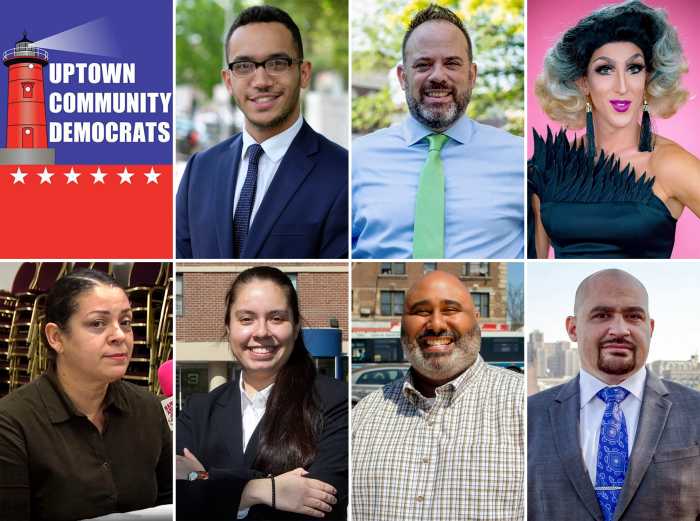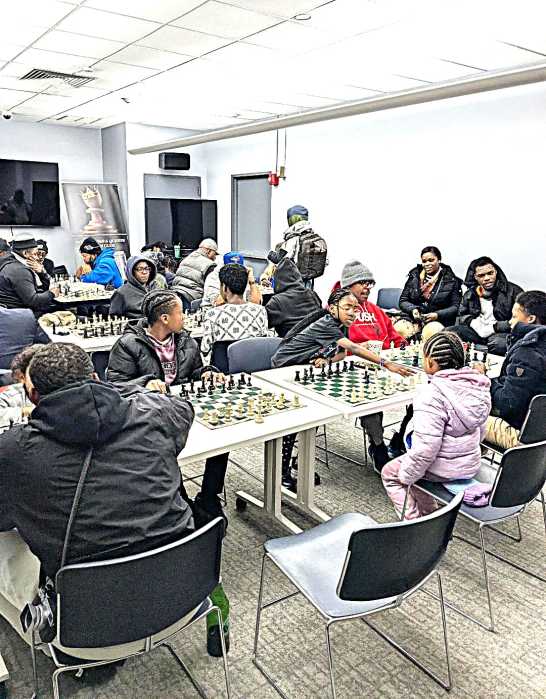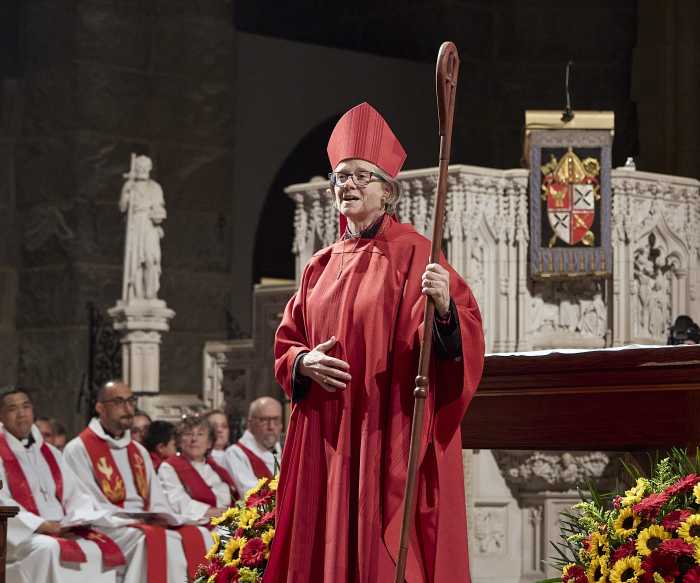Every year, as we approach Earth Day, our focus turns to many of the critical efforts to fight climate change and make our City more resilient — and that’s a good thing. By 2050, sea levels are predicted to rise between 11 to 21 inches and the number of days over 90°F is predicted to triple.
But far too often the discussions about combating climate change and increasing our resiliency omit one of the most critical pieces of our City’s infrastructure: our sewers.
New York City’s sewage system has unfortunately been treated as an afterthought in our resiliency planning. And I get it: our sewers have a fascinating but less-than-glamorous history. Before the arrival of indoor plumbing, 19th-century “night soil” men would compete for city contracts to remove waste from outhouses and dump it directly into our waterways. We’ve come a long way since then, but the limitations of our sewage system in the face of climate change have in some ways turned back the clock.
First, a little sewage education: the majority of our City uses a combined sewer system in which a single pipe carries both stormwater runoff and sewage from buildings. This mix of liquid waste — from the faucet to the toilets to the drains on our streets — is usually sent to one of fourteen wastewater treatment facilities, relying almost entirely on gravity. Once the liquid mixture gets treated at a facility, it gets pumped back into our waterways.
The simplicity of this system should not be confused with its immensity: New York City has over 7,000 miles of water mains (where wastewater is gathered under our streets) and 75,000 miles of sewers.
It’s a vast, often mysterious, and underappreciated system. And it has reached its capacity.
Our current 100-year-old sewage system isn’t built to handle the rapidly escalating effects of climate change — and it’s actively harming our environment and our living conditions. Rising sea levels and severe storms have reduced the flow of wastewater, causing sewage backups. As little as one tenth of an inch of rain can overwhelm the City’s sewers and sewage treatment plants, forcing untreated, raw waste into our waterways. Every year, 100 billion liters of untreated raw sewage and polluted runoff get dumped into the water along the City’s shoreline. On any given day in 2019, there was approximately a 50% chance that sewage pollution made it unsafe to touch water in New York City.
The City’s Department of Environmental Protection (DEP) has released a series of plans to address this problem, but they’d still allow sewage to flow into the City’s waters. In January 2020, DEP reported that 11 billion gallons of raw sewage and polluted runoff overflows into New York City’s waters every year – their clean-up plan would leave 10.5 billion gallons behind, reducing pollution by just two percent.
This is not a sustainable solution. Instead of looking for band-aids to our city’s sewage problem, we should instead look at our sewers as a missing piece of resiliency planning. Our waterways, small businesses, vulnerable waterfront communities, and every single resident of our city depend on it.
In addition to expanding green infrastructure — including our park lands, green streets, and other natural resiliency measures — New York City must invest in “gray infrastructure,” including upgrades to our sewage pipes, water mains, and water treatment centers to hold more capacity. The City should invest in new technologies and approaches to an increased volume of stormwater, including porous concrete/pavement materials and mini-wastewater treatment plants that could partially clean water for practical reuse. A Tank and Tunnel approach to holding excess water has been adopted by other cities; Boston built the South Boston CSO Storage Tunnel to hold excess flow, and Washington D.C. is constructing a system of tunnels and green infrastructure to reduce overflows by 96%. New York should invest in a similar system.
Here’s the bottom line: our inaction has forced our sewage system to become an obstruction to resiliency instead of a catalyst for change. Investing in upgrading our waste systems is not only more cost-effective than inaction, but will also help us create new, green jobs and move us towards a more just and equitable city for all.
My community is nestled along the East River, hugging the eastern edge of Manhattan and including Roosevelt Island, which is surrounded by a powerful estuary. It is impossible to witness the rushing currents and not wonder about the resiliency of the seawall and whether where you’re standing will still be there in 50 years. It is equally impossible to look at my two-year-old son and not feel compelled to fight for the future of our City. My hope is that our leaders don’t overlook a critical component of the solution, lying beneath our feet.
Tricia Shimamura is a candidate for City Council District 5 representing the neighborhoods of Upper East Side’s Yorkville, Lenox Hill, Carnegie Hill, Roosevelt Island, Midtown East, Sutton Place, El Barrio in East Harlem.



